October 29, 2025
Data Shows Endangered Palau Ground Doves Swiftly Recovering After Successful Palauan Island Conservation Effort
Astounding evidence of recovery on Ulong Island in Palau after just one year!
Published on
October 27, 2016
Written by
Sara
Photo credit
Sara
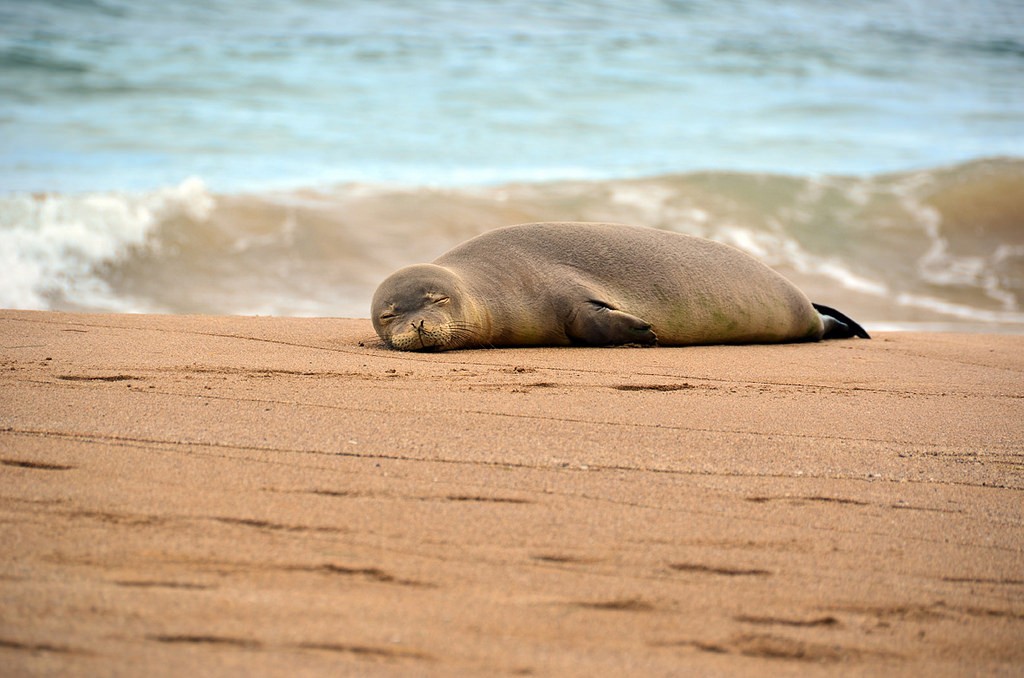
Evidence is mounting that the small predators are responsible for an outsize number of wildlife deaths around the globe.
Feral cats are known to cause ecological damage by preying on native species. Now, it is coming to light that feral cats carry and transmit a parasite called Toxoplasma gondii that can kill native wildlife. The National Oceanic and Atmospheric Administration (NOAA) reported that parasites in feral cat feces are harming the Endangered Monk Seal–within 15 years, eight deaths have been linked to feral cats.

The parasite causes lesions in the organs of the individual it infects. Barely 1,000 Hawaiian Monk Seals are alive today–this extremely low number is highly concerning. The survival of the species is in question. Michelle Barbieri, a veterinarian with NOAA’s Hawaiian Monk Seal research program said:
While eight seals may not sound like a lot of animals, it actually has pretty large ramifications for an endangered population where there’s only about 1,300 seals in existence.
Meanwhile, 300,000 feral cats have invaded Oahu, putting not only Monk Seals but also Hawaiian birds and other native species at risk.
On islands like those in the Hawaiian archipelago, where cats are numerous and their feces may spread through runoff, toxoplasmosis can be devastating. Biologists point to the infection as a reason the Hawaiian Crow is extinct in the wild.

NOAA supported efforts to remove feral cats and the threats they pose in Hawaii, however, more support is still needed to ensure the protection of Endangered Hawaiian Monk Seals and other native wildlife of Hawaii.
Featured photo: Endangered Hawaiian Monk Seal on the beach. Credit: Geordie Mott
Source: Washington Post
Check out other journal entries we think you might be interested in.

October 29, 2025
Astounding evidence of recovery on Ulong Island in Palau after just one year!
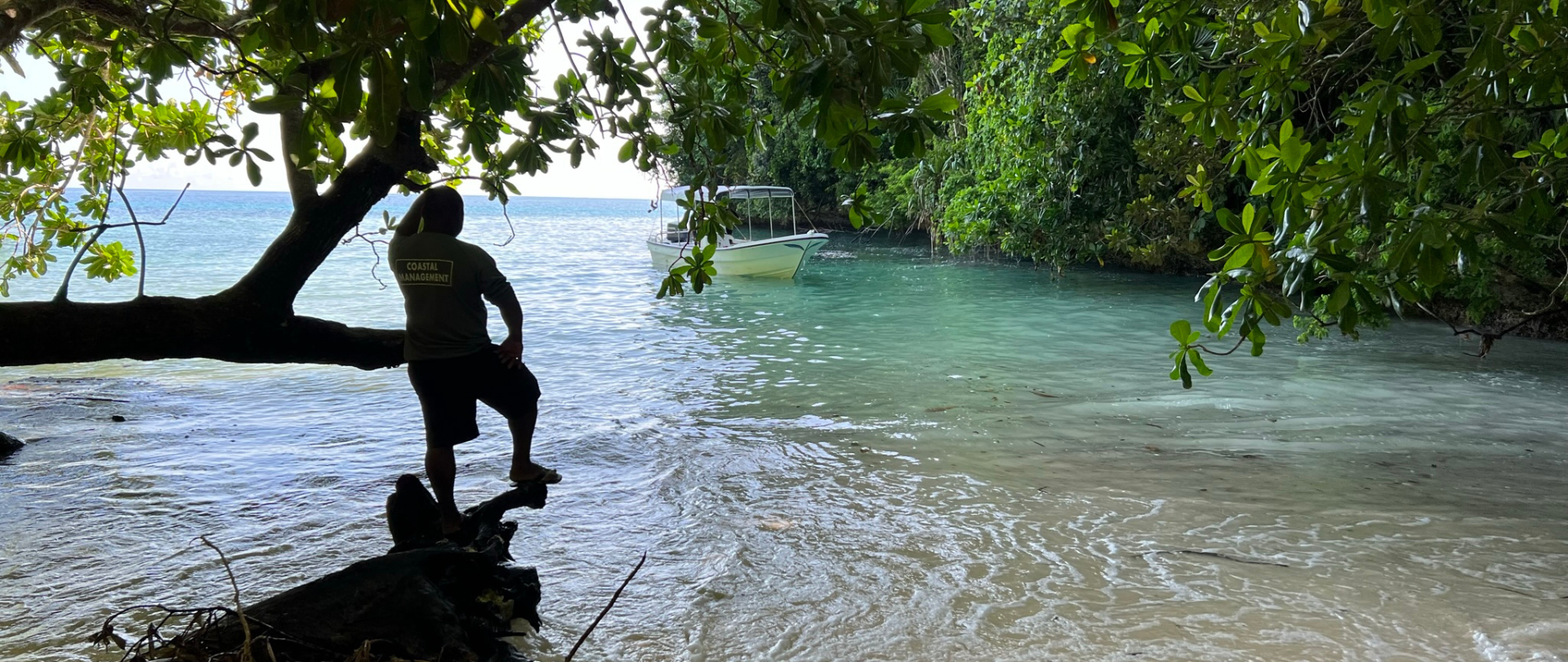
May 19, 2025
Read our position paper on The 3rd United Nations Ocean Conference (UNOC 3) to see why we're attending and what we aim to accomplish!
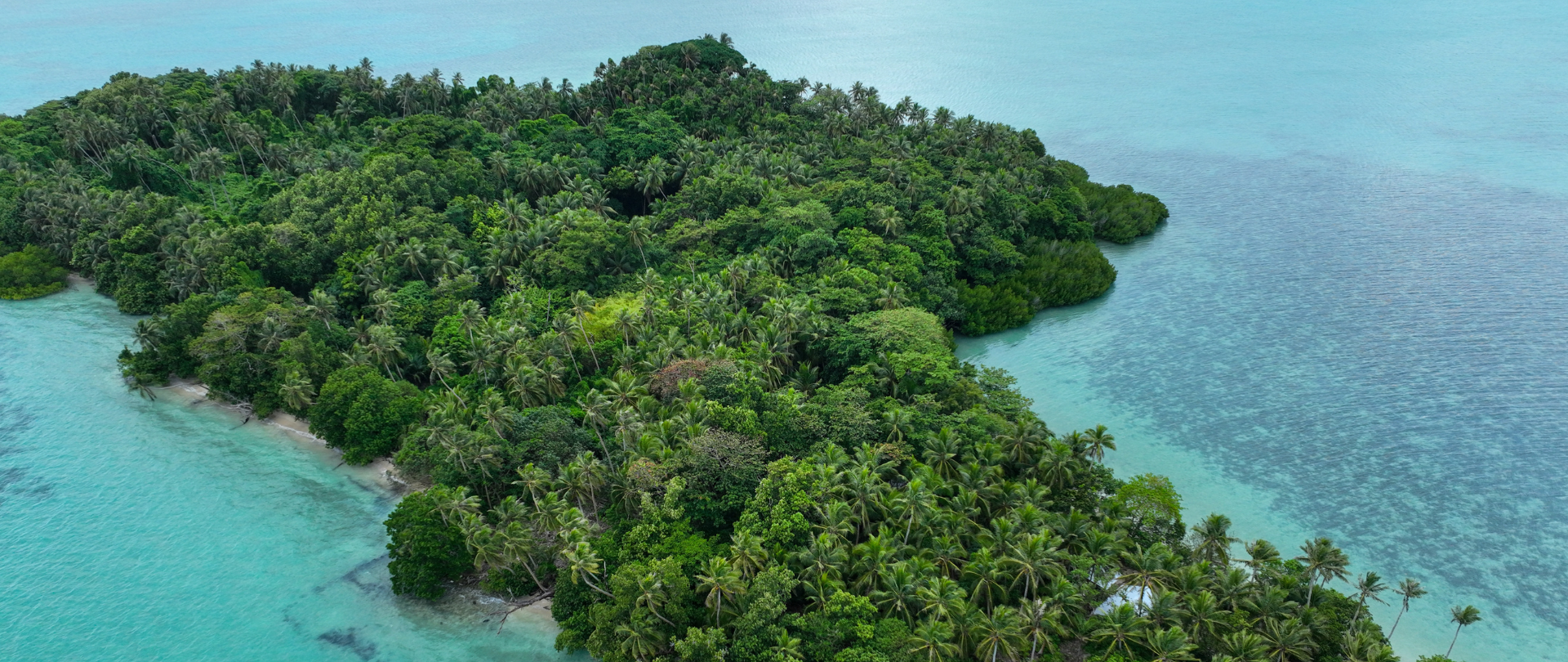
December 4, 2024
Ann Singeo, founder of our partner organization the Ebiil Society, shares her vision for a thriving Palau and a flourishing world of indigenous science!
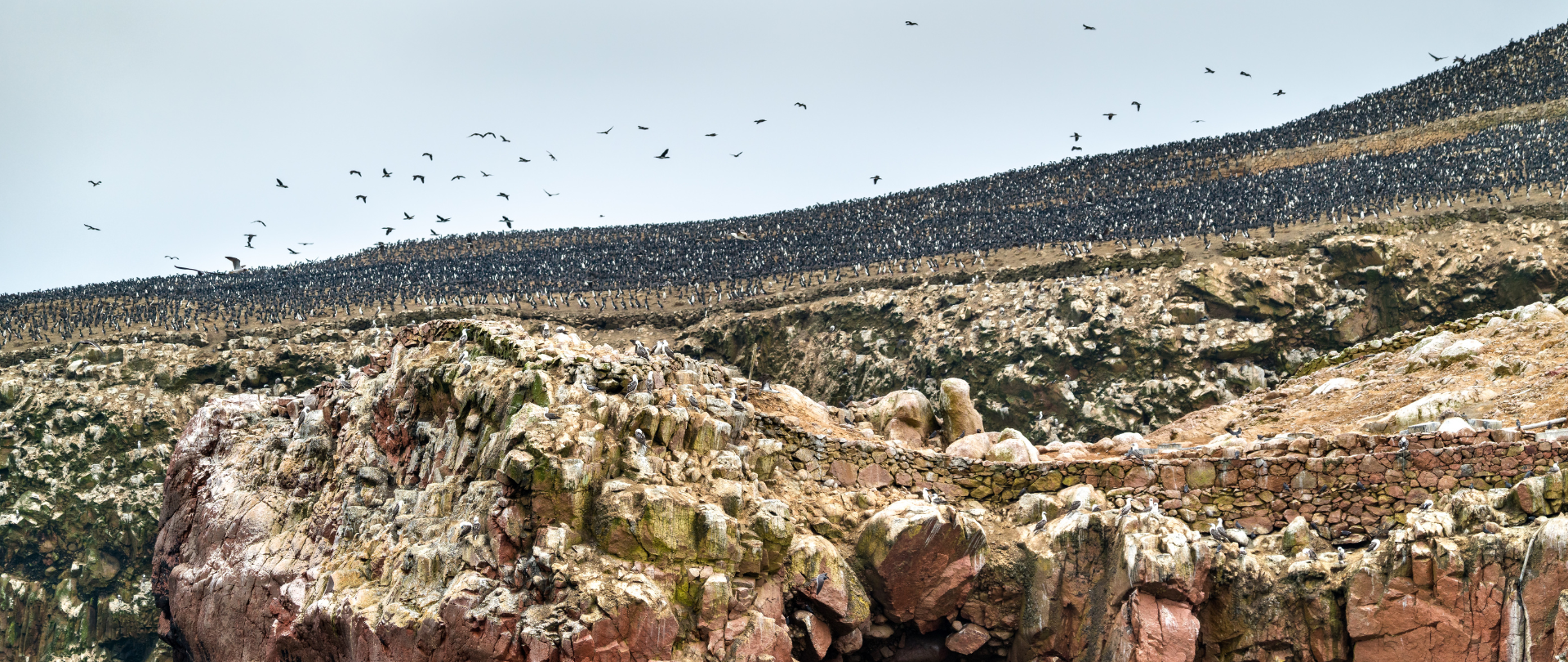
November 22, 2024
This historic agreement aims to protect the marine and coastal areas of the Southeast Pacific.
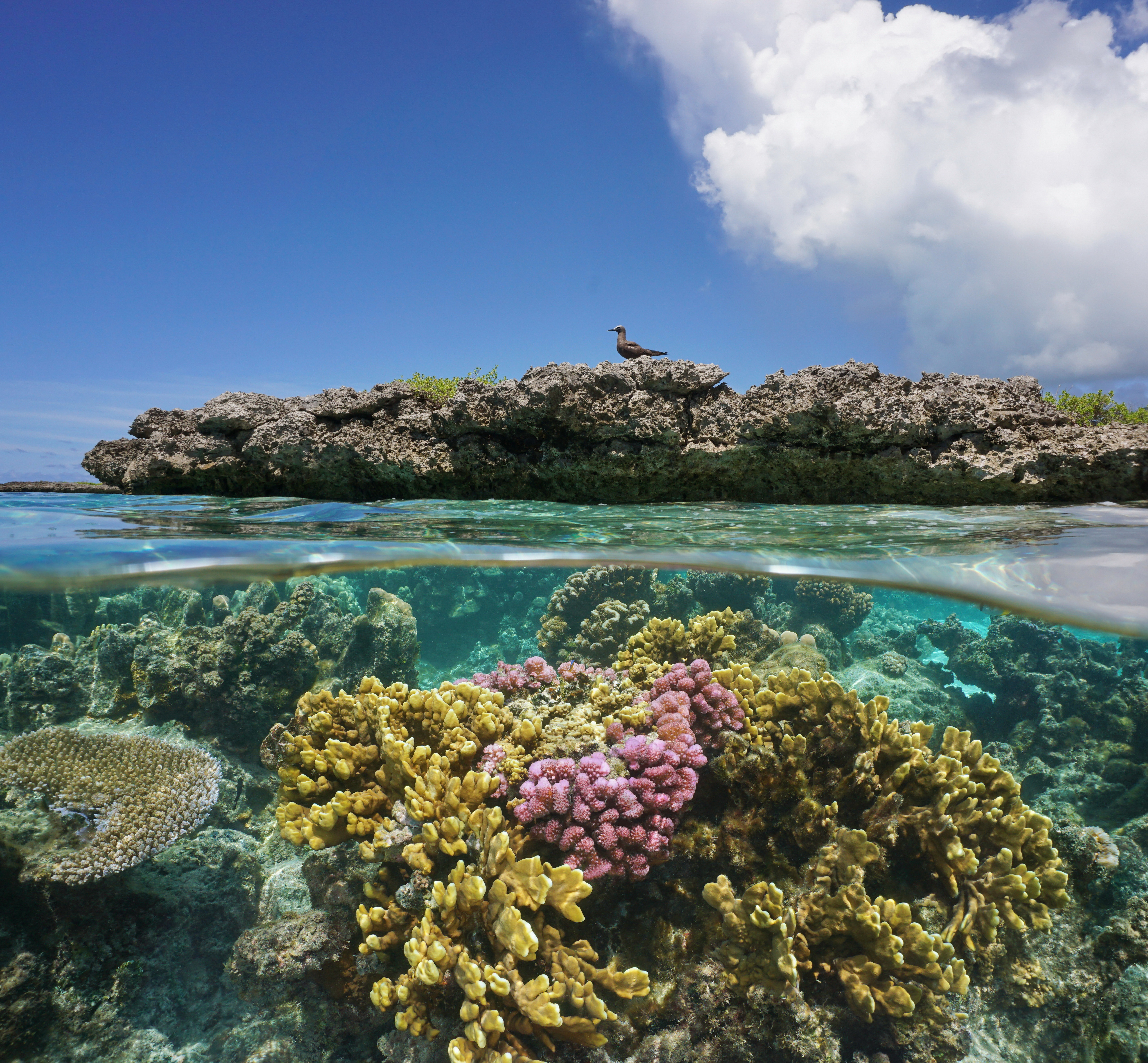
November 18, 2024
Our projects to restore key islets in Nukufetau Atoll forecast climate resilience and community benefits in Tuvalu!

October 3, 2024
Island Conservation and partners have published a new paper quantifying ecosystem resilience on restored islands!
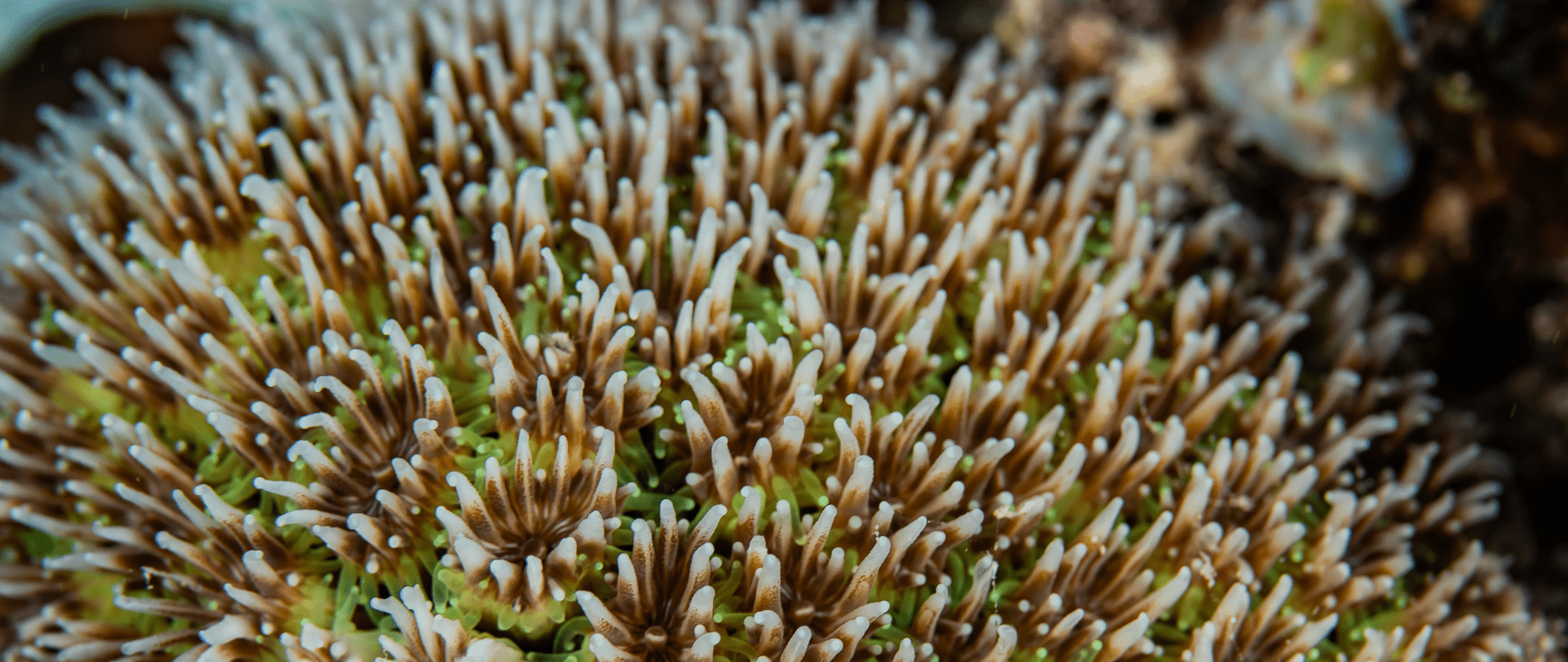
September 10, 2024
Climate Week NYC: what is it and why is it important? Read on to find out why Island Conservation is attending this amazing event!
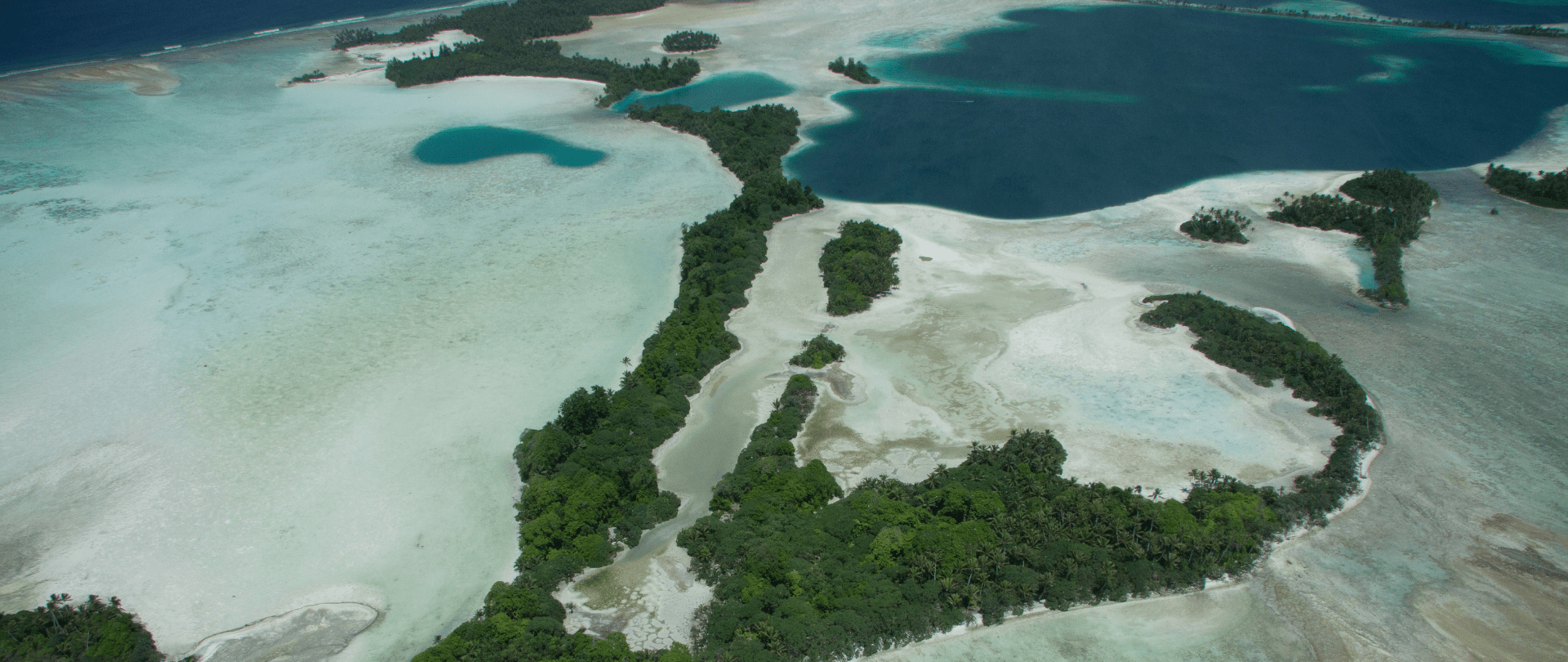
September 5, 2024
With sea levels on the rise, how are the coastlines of islands transforming? Read on to find out how dynamic islands really are!

December 14, 2023
Join us in celebrating the most amazing sights from around the world by checking out these fantastic conservation photos!
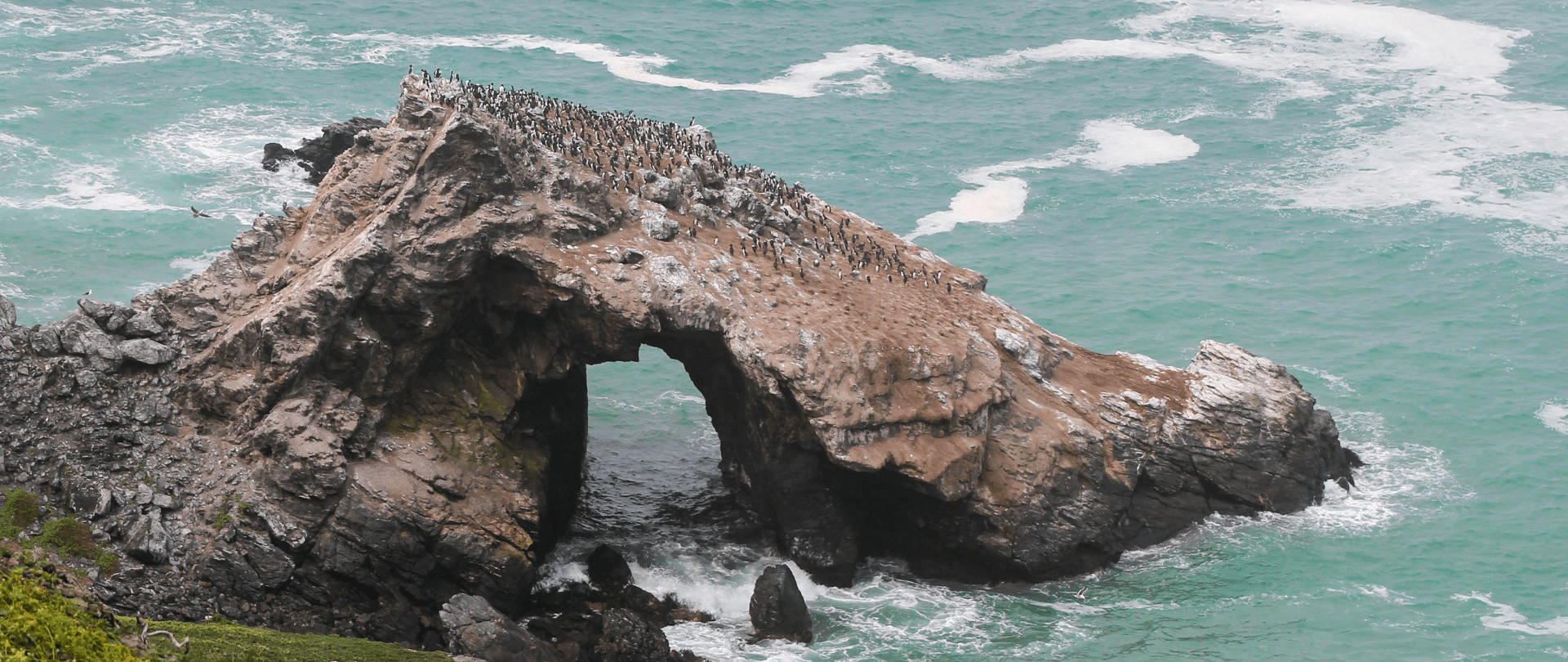
November 28, 2023
Rare will support the effort to restore island-ocean ecosystems by engaging the Coastal 500 network of local leaders in safeguarding biodiversity (Arlington, VA, USA) Today, international conservation organization Rare announced it has joined the Island-Ocean Connection Challenge (IOCC), a global effort to…